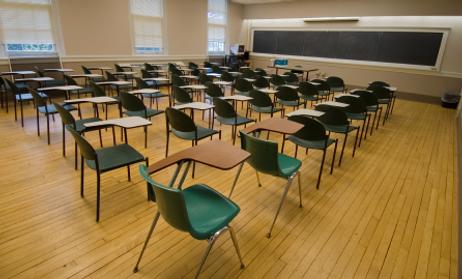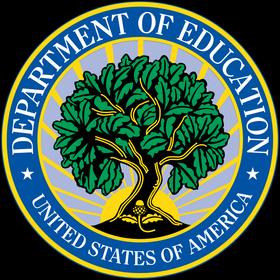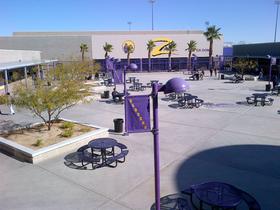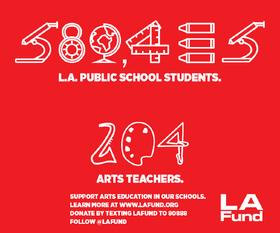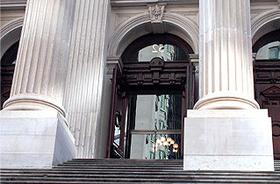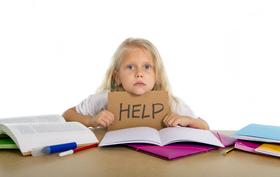School lunches have been getting a makeover in school districts across the country, but few have gone to the extraordinary step of Public School 244 in Flushing, New York. This school has done away with meat completely in its school lunch program, becoming the first vegetarian school cafeteria in the state and across the country. Surprisingly, students don’t seem to miss their chicken nuggets and “mystery meat Thursdays,” preferring the highly nutritious – and completely delicious – menu selections they can enjoy every school day.
Moving to a Meatless Menu
NBC News reports that P.S. 244 made the move to a meatless menu somewhat gradually. The school opened in 2008 and began serving a few vegetarian meals in the beginning, to see how students responded to the menu. School staff began noticing that many students were bringing vegetarian lunches, rather than purchasing the meaty fare at the cafeteria, and the move to meatless was born. Slowly, typical student lunches like chicken nuggets were replaced with entrees made up of tofu, beans and pasta.
P.S. 244 was the perfect school to begin such an experiment in Flushing. The large majority of students in the school are from either Asian or Hispanic descent, where rice and other vegetarian choices make up a large portion of the menu at home. The school’s head cook is also a vegetarian and parent at the school. To transition students to a similar menu at school was not exactly impossible.



